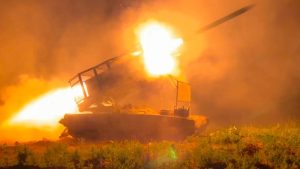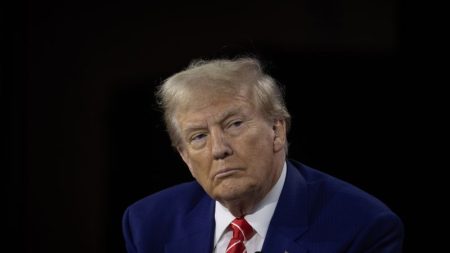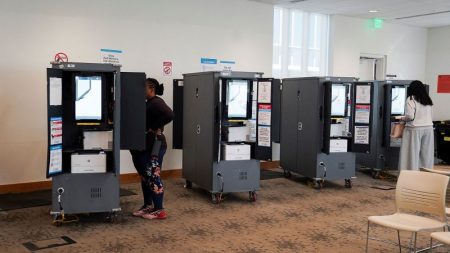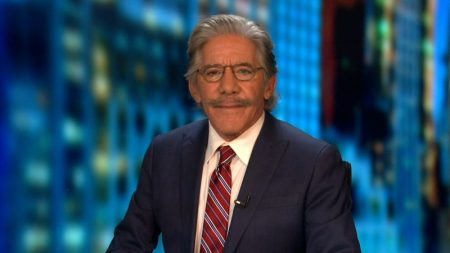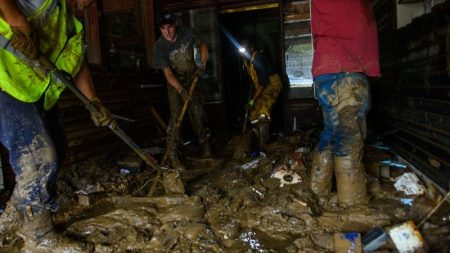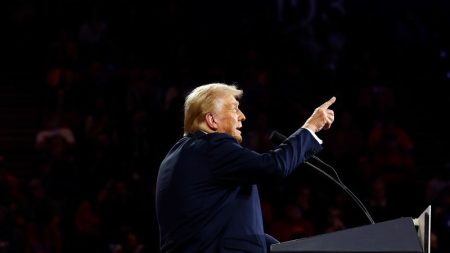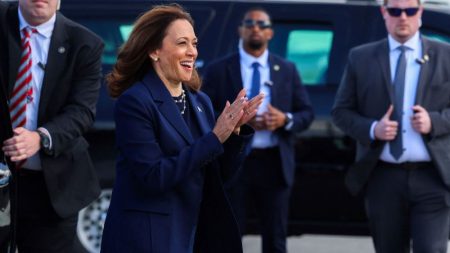Within days of the helicopter crash that killed its president and other top officials, Iran detailed a succession plan and named replacements in a clear effort to project stability at a moment of profound and sudden uncertainty within the regime.
One familiar name stood out to US officials: the new acting foreign minister, Ali Bagheri Kani.
Seen by US officials as a hardline establishment figure, Kani has been a top negotiator for Iran on sensitive talks with the United States on everything from nuclear issues to its use of proxy forces to attack US and allied interests across the region.
Just last week in Oman, Kani was part of a delegation of senior Iranian officials that met indirectly with US officials, current and former officials said. Because the US and Iran do not have formal diplomatic relations, the two delegations sat in separate rooms while Omani officials passed back and forth messages.
Kani, US officials said, is a known quantity and one example of why the Biden administration largely expects little to change in Iran following the sudden deaths of its president and top officials.
For hours on Sunday after the US received the first reports that a helicopter had crashed while carrying some of Iran’s most senior leaders, including President Ebrahim Raisi, US officials weren’t sure how bad the accident was.
But even once it became clear that Raisi and the others aboard had perished, the consensus view across the US government was that Iran’s foreign and domestic policy were likely to remain consistent.
That’s because Iran’s true leader is its Supreme Leader, Ayatollah Ali Khamenei. Raisi was, in many ways, a functionary. He had “influence and impact,” according to Jonathan Panikoff, a former senior intelligence analyst specializing in the region, “but ultimate decision-making authority on every issue is solely held and consolidated by the Supreme Leader.”
Khamenei, 85, has been in frail health and has been watched closely. In the wake of the death of so many of his top officials, US officials believe that Khamenei will work to ensure that replacements adhere to his hardline worldview.
“It’s difficult to see there will be any major changes in the way Iran behaves on the world stage,” a senior administration official said.
If anything, Panikoff said, the death of Raisi and its other top leaders may make Iran more risk-averse in the short term.
The senior administration official cautioned that it is still too soon to know for sure how the crash might ultimately affect overall regional volatility, including Iran’s handling of the Gaza conflict. But for now, the Biden administration believes that there will be little impact.
Raisi was widely seen as a possible successor to Khamenei, and his death has sparked a spirited debate in Washington intelligence and policy circles over how it will jumble the field. The Supreme Leader is chosen by an opaque group known as the Assembly of Experts. Some analysts believe that Khamenei’s son may now have a better chance of succeeding his father, although he may lack critical religious credentials the role requires.
But analysts say it’s impossible to assess how that mysterious election process will play out and whether the crash has improved the chances of Khamenei’s son.
“I think that’s probably true if the Ayatollah dies in the next month,” said Panikoff. “I think it may not be as true if it’s still another two or three years and other people have surfaced and come into the system.”
Raisi’s death may also offer a small window for domestic protest. According to the Iranian constitution, elections must be held to name a new president within 50 days of Raisi’s death.
The Iranian regime has struggled with popular support; Raisi was known as “the butcher of Tehran” and already a meme has circulated within Iran celebrating his death. Analysts say the regime will seek to tightly control who can run, deepening the public perception that elections are neither free nor fair.
But Iranian authorities will almost certainly crack down on any nascent protests, analysts say. Parliamentary elections in March of this year had an historically low turnout rate — a signal of discontent with the regime and a worrying sign for regime leaders, but not one most analysts believe will translate into meaningful or successful grassroots protest.
The sudden shakeup in Iran’s leadership structure has taken place as Tehran has been deeply involved in the tense regional imbroglio surrounding Israel’s invasion of Gaza. Iran has offered support to a series of proxies launching attacks on US and Israeli interests in the region and in April, it launched a large-scale missile and drone attack directly on Israel.
US officials have long believed that Iran is seeking to calibrate its handling of the simmering, multiprong conflict, extracting costs from its adversaries but avoiding an all-out direct conflict with Israel or the United States. So far, it has been successful.
A US military official said they have seen no uptick in proxy activity in the wake of the crash.
Importantly, the military official said, the death of Raisi and the elevation of Kani to the role of foreign minister has also not opened any sudden opportunities for the United States when it comes to dealing with Iran. The same toxic issues — including Iran’s nuclear program — remain intractable problems.
In talks with Iranian officials in Oman last week, US officials once again laid out for their counterparts the consequences of Iran’s destabilizing actions, behavior and policies, according to the senior administration official and a US official.
The Biden administration’s view has been that having zero contact with Iran would heighten the risk of dangerous miscalculation, officials told CNN, adding that the US will continue to deploy a mix of deterrence and diplomacy – like last week’s talks – to manage Iran. Issues like Iran’s support for terrorism, it’s various proxy groups and its nuclear program were all topics of discussion last week.
The two sides have communicated in this indirect manner multiple times since the outbreak of the Israel-Hamas war in October. Last week was the first meeting of this kind in several months.
But in the aftermath of the crash, Iran asked for US help in recovery efforts.
The US, according to State Department spokesman Matt Miller, was unable to help “largely for logistical reasons.”
Read the full article here



